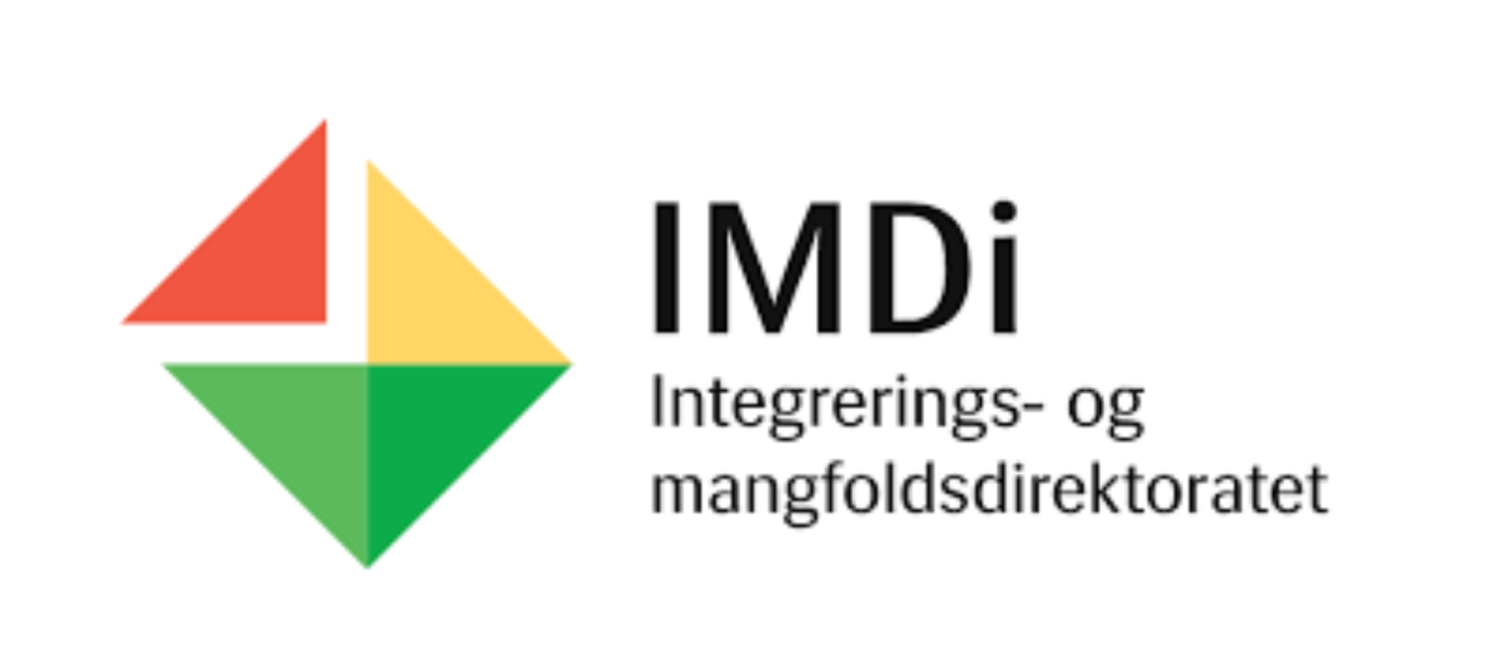How IMDI Can Stimulate Language Learning at Higher Levels

For many who have chosen to make Norway their new home, learning the Norwegian language is an important part of the integration process. Certain residence permit holders have the right to free training and as a general rule, the municipalities must provide at least 600 hours of training in Norwegian (550) and social studies (50) to this group. The aim of this offer is to help immigrants integrate easily and faster into the society. In actual fact, participants can receive up to an additional 2,400 hours of free training but one has to apply for it. The decision to offer additional free training is made by the municipality, and the current practice is that extra hours is only offered to those who have not achieved a B1 competency before exhausting the 550 hours.
According to the Common European Framework of Reference for Languages (CEFRL), a person with a B1 knowledge of a language is an independent yet limited user. What this means is that, one can get by in social settings, but conversations can be easily tiring in more serious contexts. That is why you need a B2 at all sublevels of the Norskprøve (or its equivalents) to study Norwegian taught courses at the university. That is also why many employers will not take seriously jobseekers with less than a B2 competence, who apply for a professional job where Norwegian is the working language. The Bærum municipality was recently debating a new legislation which stipulates B2 as the minimum language competency one must have in order to be employed by the municipality (I do not know the current status of the legislation).
It is obvious that policymakers recognize that understanding Norwegian at a minimum of B2 is important if one is to operate at higher levels in the society.
The questions then are:
- Why are the municipalities limiting the free language offer to B1 level?
- What happens to those who are willing and able to study to B2/C1 level?
- What happens to those who need the B2/C1 level to get a professional job or to study at the university?
- Why can’t they have access to the remaining 2400 hours available to them by law?
The majority of the people who have access to free Norwegian classes are single income families and only a few are able to prioritize paid language courses. Some look to NAV to pay for the B2 classes, some choose to self-study, while others just give up after B1. Only a few countries offer free formal language training to its new residents, so one can say the Norwegian government has shown that it takes integration seriously.
However, more can be done because anything worth doing is worth doing well. The government should introduce policies that will enable interested learner to study up to B2/C1 level. My suggestions are:
- Mandate municipalities to introduce quick progression courses, such that the fastest learners can attain a B2 level using their 550 hours.
- Introduce a performance-based access to additional free training at B2/C1 level. This could be for example; one can only tap into the extra 2,400 hours if they have at least XX% of prior attendance (including approved absence).
- Make the free hours transferrable between municipalities, especially at the B2/Bergentest level. Interested immigrant learners who still have access to free hours should not be made to give up training because they live in a municipality that does not offer training at higher levels and cannot use the remaining hours in another municipality.
- Expand the offer of free training to work migrants and particularly their trailing spouses, who might need the language to participate in society.
- Make lånekassen available to learners who do not have access to free training. This is particularly important for those whose residence permit do not give them the right and obligation to language training but nevertheless plan to live in Norway for a long time.
Contrary to negative stereotypes, many immigrants are willing to learn Norwegian and to contribute economically to society. Many are also educated and are able to excel in professional settings. Inclusion and integration cannot be achieved with a one-size-fits-all approach and we request that your organization begin to consider more adaptable approaches to integration – starting with its language offer.
A copy of this letter is sent to the relevant authority. If you have an idea about how job searching easier for skilled immigrants in Norway, we would love to hear from you.


Let me repeat what was said last, in this letter, for the sake of emphasis:
“Many are also educated and are able to excel in professional settings. Inclusion and integration cannot be achieved with a one-size-fits-all approach and we request that your organization begin to consider more adaptable approaches to integration – starting with its language offer.”